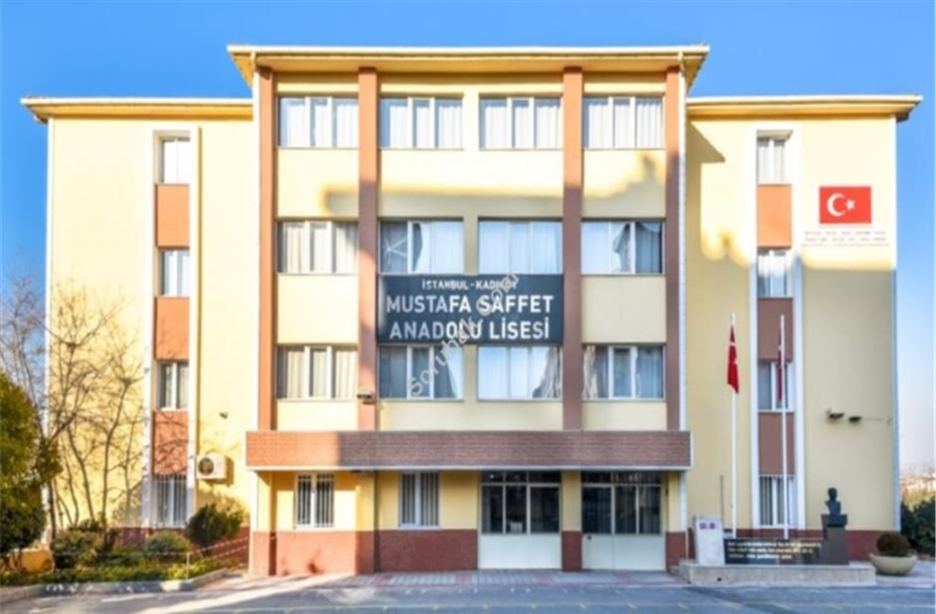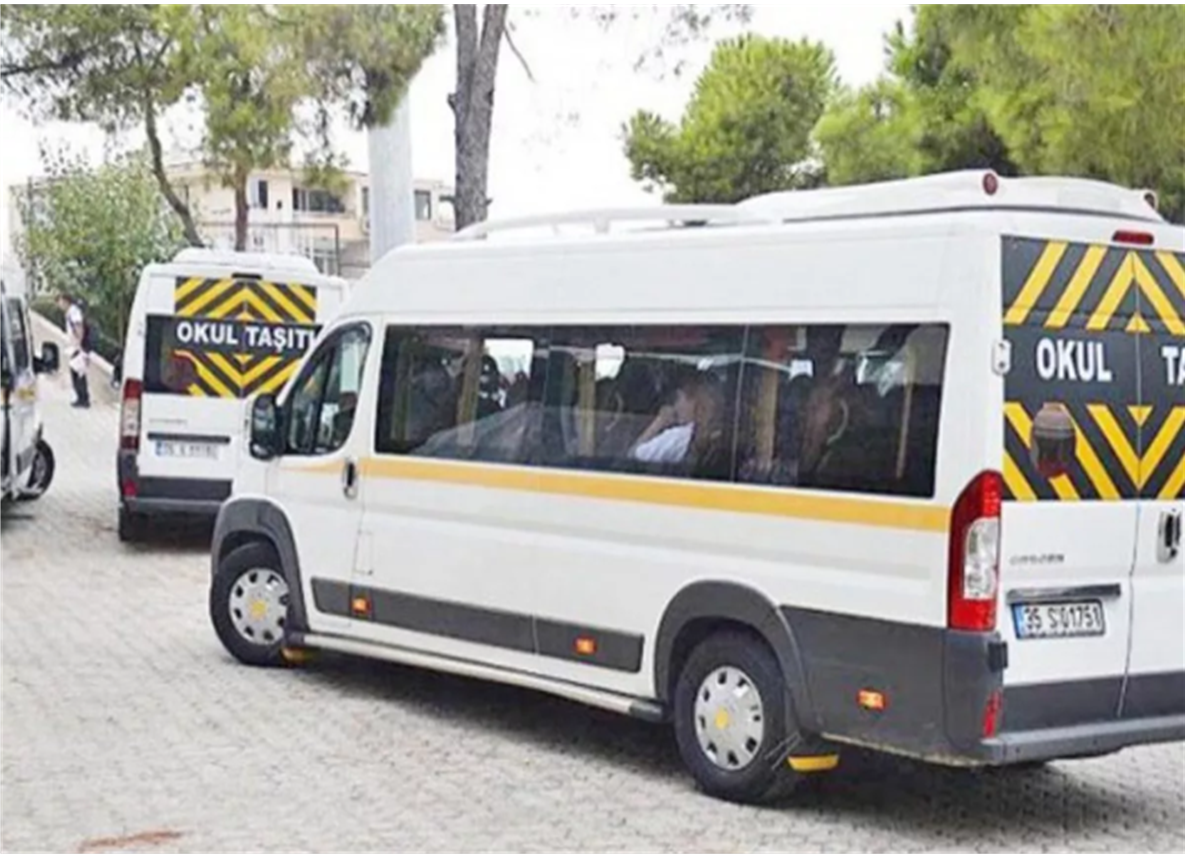Turkish School vs. American School
I have been here for five months as an exchange student, and I am tired of your school. Do you know why? Because your school is so big. In Turkey, our schools are not as big as yours. In every country schools and education systems are different. So today, I am going to talk about Turkish schools and their education systems and compare them with American schools and education systems.
In Turkey, there are several school types: Science, Religious, Visual Arts, Minority schools such as French and Italian schools, and Anatolian high schools which are schools that learn every lesson. I was in Anatolian high school, and my school was small. There are 19 classrooms and 700 students. There are big schools, but I don’t remember seeing a high school as big as IKE. When it comes to lunch, my school does not have a big cafeteria. We have a “Canteen'', where we can buy snacks, lunch and even coffee or tea (we need more coffee or tea here :).) In the canteen area there are tables and chairs to eat or chat with your friend. Also you can take your lunch and eat in the classroom. In schools, make-up and nail polish are forbidden; you need to wear the school’s uniform. And I need to say this, in Turkey our school buses are not yellow, they're white. That’s why some kids dreamt of taking that yellow bus to school, but it never happened.
In Turkey, we don’t change our classes, but in sophomore year we choose the class with certain lessons according to the career pathway we want to do in the future but those classes also are given by school. Every Turkish student needs to take Turkish, English, every math & science related class, History, Geography, Religion (which is Islam for us (you don’t need the take this if you are not Muslim)), Arts, P.E. , and lastly, another foreign language (mine was German). These lessons are chosen by my school in freshman and sophomore year. In the sophomore year, you choose either math and science related classes or the classes considered social lessons; such as, Language classes, History, and Geography. Depending on your decision, in junior and senior year, you start to take those classes. For example, in my sophomore year, I chose math and science, and I took them in my junior year,
My school has eight classes per day and our lesson schedule is different every day. In our schedule, classes are 40 minutes and breaks between classes are 10 minutes. Lunch is usually 40 or 50 minutes, and it usually starts at 12:10. We don’t change classes, we stay in the same classroom all day, with only one spot to sit. Teachers have a room called “Teacher’s room”, where they can put their stuff. Teachers change classes according to their schedules. One of the best parts of teachers not having a private classroom: when teachers are absent, and if there are no available teachers during that class period, our classes become without teachers and we become “free.” We don’t have “subs'' to cover lessons so on those days, we usually stay in our class or sneak to the school's garden to play sports.
The way of addressing the teachers is also different. I never called my teacher Mrs., Ms., or Mr. We add the phrase "my teacher" next to their names. If some teachers have the same name, we just say what they teach to avoid confusion. For example, if your teacher name is Alfred, you call him “teacher Alfred”. But if your math teacher’s name is also Alfred, you say “teacher Alfred, the math teacher”.
Starting school day is a little bit different as well. Like the pledge of allegiance, we sing our national anthem every Monday before school starts and every Friday after school. In the school's garden, each class has a place to stand and sing our anthem. Also on national holidays, every school does some special things like read poems, tell the story about the meaning and importance of the day, sing, and sometimes even dance. On national holidays, we go to school, do our ceremony, and leave the school. On national holidays schools give a school break for that day.
For the people here at Ike who say, “Classes are so hard”: In Turkey, it’s much harder. We need to take 11 lessons, and for those 11 lessons, we have exams that are NOT open notes or anything of that nature. Open notes are considered as copying, and you get a zero. We also have a week called “exam week,” and in that week we do all of our exams. In exam week, every day we have two exams per day, it starts on Monday, and on the other Monday. In classes and exams we can’t use calculators or computers. That’s why we need to be quick and find a short way to do our calculations, like doing the calculation in my head. The only good thing about not using calculators is that we don’t have to deal with decimal numbers (so we can solve the problems quicker).
In Turkey, we are required to take an exam for going to high school, and another when you go to college. The high school exam is only about the subjects that we learned in 8th grade. Depending on your score, you choose some high schools to go to, and a department for this stuff decides your school. It is happening after you graduate from middle school, and in that summer, you take that exam and learn your score. The college exams are much harder. This exam happens the summer that you graduate and there are two parts in this exam: the first, is on the subjects learned in freshman and sophomore years. This part is 135 minutes, and there are 120 questions. The second part of the exam is about the classes that you chose for junior and senior years. This part takes 180 minutes and there are 160 questions (you don’t solve all the 160 questions because some of them are not related to your classes.). And lastly, in Turkey, you don’t need to pay money to attend public colleges like here. You need to pay lots of money to go to a public college, but in Turkey, it is not the case.

